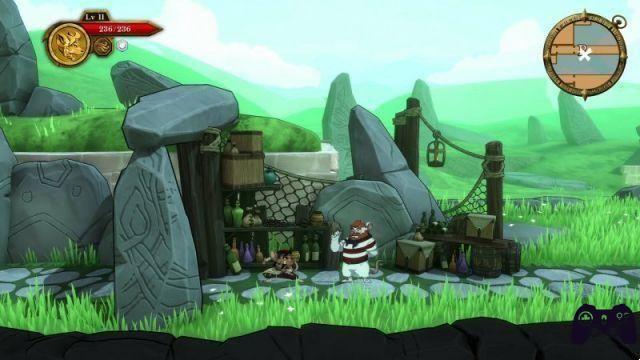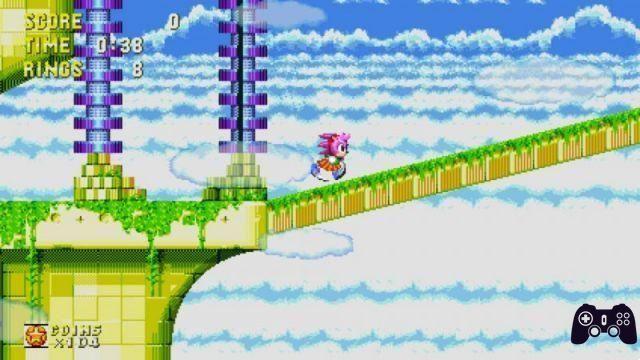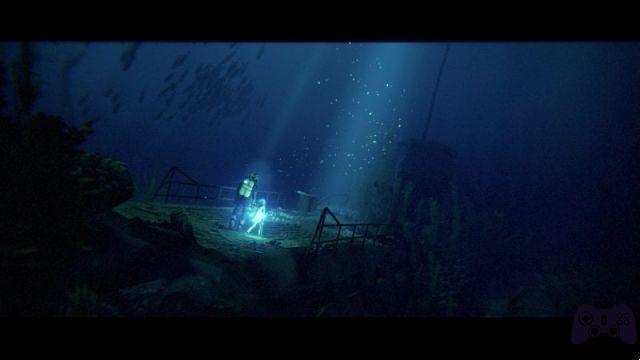La review of The Settlers: New Allies It begins with the bitterness of those who, deep down, truly believed in this return. The series created by Ubisoft Blue Byte has always had a unique and reassuring charisma, and gameplay that is simple but not that simple. Features that leave their mark and that since 1993 have transformed millions of users into fans of the genre: when you finish The Settlers, you inevitably want more and find yourself searching for similar games. It also happened to the writer, who at the age of thirteen ended up hypnotized in front of the Amiga 500 and the trotting characters of the first The Settlers, determined to live their lives so small and minute, the inhabitants of an equally mellifluous town conceived and assembled by the player.
A different strategy

This The Settlers: New Allies comes after a silence that lasted since 2010 and aims to be a kind of reboot, what is commonly called a reboot. In this new form, the series emerges. halfway between Anno and Age of Empires: from the first it takes up the concept of production chains (to make bread you need wheat which is then processed in the mill and then sent to the baker), from the second it tries to steal the dynamic but not hasty strategic formula. Honestly, the mix wouldn't even be bad, it would fill a variable still little explored, but these two souls are so stripped down that there is very little left to play with and, frankly, to analyze. .
Campaign and skirmish

The game consists of a companion that lasts about ten hours and the skirmish mode with which to face AI and other human players. The first features a promising start, but falls flat after a handful of missions with the usual superficial mechanics. As usually happens when there is not much commitment, The Settlers: New Allies campaign does nothing more than propose the same skirmishes that you would have in PvP, only linked by narrated sequences without much care or style. The dynamics of each game are equally obvious: set up your village, collect resources, expand territories and fight to erase the enemy from the map.
However, none of these passages are really interesting or particularly problematic. The warehouse is the center of the town, where all resources must converge, offering residents well-designed and protected roads; For each resource there are limited sources, which will be exhausted over time, and infinite others. After a few games, you'll learn how to set up a self-sufficient village in no time, as long as you have all the main resources available nearby. If this is not the case, it will first be necessary to explore the map to find those that interest you, then expand your territories by sending one or more handymen to shore up each new square and, finally, build mines or lumberjacks if necessary. The settlers have no needs., you won't have to worry about giving them food, but if you do, they will reward you by working and fighting with more conviction. Creating a village is a linear and very non-strategic operation, if it were not for a rudimentary defense system that will only require a minimum of logic to be built in the right place.
Click and forget

A good town serves to sustain a good army, and to create one you will need charcoal and metal, as well as a well-polished barracks. Producing soldiers is the slowest and most difficult thing you can command in the game: it takes a lot of resources, and unlike in previous The Settlers, each requested army will spawn a single fighter. The game offers different units depending on the faction you choose, but they are variations more in name than substance: don't expect big differences between the three sides because you won't find any. There are melee units and others capable of attacking from a distance, but during the battle there will not be much difference as they develop too chaotically, making it difficult to understand how to change the course. However, there are special units that will have greater tactical weight, which will give more pleasure to moving on the battlefield, like the shaman for example.
Graphic designer

Do you want to know what about The Settlers: New Allies that does not disappoint expectations? There graphics. This game is really beautiful to look at, almost like Anno 1800, which however is unrivaled in terms of attention to detail. Exploring the maps is perhaps what we liked the most about this strange game because each time the spectacle is guaranteed: fortresses on steep peaks shrouded in fog, towns that extend over soft and windy hills, the meticulousness of each construction and the unevenness. . Incredible work that also continues in the store that you will find inside the game, where very high quality graphic variants of each building are already sold for real money.
For the youngest?

We have, therefore, a very simple system and graphics that we love: isn't it that this new The Settlers is actually a game designed for the youngest, for the new thirteen years old who have never exactly seen an RTS up close? like me? in 1993? If so, it's strange that they never said it. However, this is the only point of view that gives this new BlueByte game a reason to exist, but it cannot justify the lack of options, the lack of campaign verve, a combat system so difficult to read.
Conclusions
Holygamerz.com 6.0 Readers (7) 5.5 your voteThe Settlers: New Allies offers a superficial and overly long gaming experience, satisfying neither city builders nor real-time strategy lovers. However, it could be of interest to little ones, or to those who want to start with something extremely light and undemanding.
PRO
- beautiful graphics
- More than ten hours of campaign
AGAINST
- Superficial game systems
- Many times there is nothing left to do but wait






